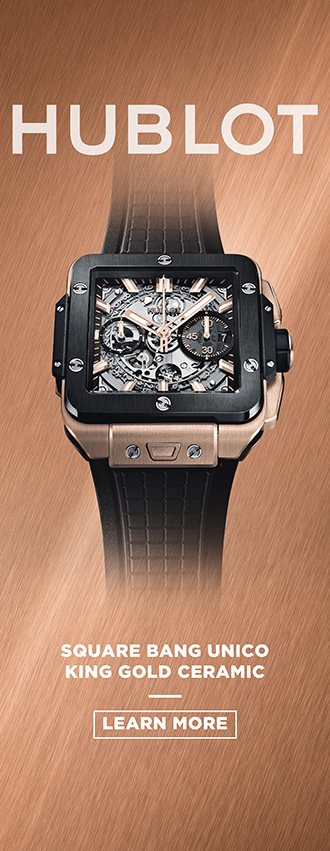Cycling has become more than just fitness, sport, or a weekend hobby; now it’s almost a lifestyle. For me, it has to be considered a part of who I have become—otherwise, it would be impossible to justify these spending levels, especially to my wife.
Maybe you last felt the thrill of riding a bicycle in childhood. Still, now the doctor has mandated a fitness regimen, and you’re curious to try again (especially since running has too many potential associated aches). Maybe you’re looking for a greener way to travel around the city. Or perhaps you’re simply ready to recapture that youthful joy in feeling the rush as you tear down the street, pedaling fervently and coasting as you cut right through the wind.
Well, a combination of it all got me started with cycling as an adult. One day, on the way back from a board meeting, with a business suit on, I drove to a halt at a traffic light right in front of a bicycle shop. I had this moment where I chided myself for having lost the giddiness and bug-eyed curiosity of my yesteryears, so I promptly set it all right with purchasing a bicycle.
Fast forward to today, and I now identify as an ardent roadie—aka a road bike enthusiast. We ride those frail-looking bikes with twisted handlebars while wearing skintight clothing and worrying about every extra gram of weight on the bike frame, to the point of carrying less water and risking dehydration. Speed and aerodynamics matter most, so we endure whatever is necessary to go faster, like the bone-jarring experience of going over anything from speed bumps to tiny potholes or keeping our posture tucked tightly in front to reduce air drag while remaining seated on a small, hard saddle. Road bikes are built for speed, not comfort. Think of roadies like urban cowboys on thin, fast horses riding (primarily) on paved roads and obsessed with speed.

In contrast, picture mountain biking (MTB) as akin to bareback riding a country horse at a wild gallop through the rough bush. The quip often made is that a roadie only enjoys a ride once it’s finished—when sipping espresso in a café and marveling at how fast they managed to go—while an MTB enthusiast takes in the scenery and finds joy in the ride as it’s in progress. Mountain bikes are built solid, significantly heavier yet comfier than road bikes, though the professional ones still go pretty fast when traversing a terrain of hillsides and off-road dirt tracks through parks and jungles. Like skiing, there isn’t one simple discipline. Uphill riders differ from downhill champs, deploying different techniques and configuring bikes for specific purposes. The tech used in mountain bikes is more advanced, too, and eventually, it trickles down to road bikes. Disc brakes, gear mechanisms, pedals—a lot of the gear that roadies use was originally tried out on mountain bikes. If it can last coming down a rough hillside at 30mph, it can easily handle city roads.
After trying both, I realized that mountain biking felt dangerous, whether going up or down a hill. I promptly returned to the comfort of city roads where the only danger posed to me is in the form of traffic or pedestrians and pets.
There is also a third kind of cyclist: commuters. They’re seeking a versatile bike, an amalgamation of the above two. These are hybrid bikers, and their cycles often look like a cross between roadies and mountain bikes, with both the capability of speed inside the city and the ability to go off-roading, too.
As a forewarning, if you are looking to buy a great bike—whichever type of bike that may be—then be ready to invest tens of thousands of dollars. When I initially pulled up to that cycle shop, one look at the prices deflated my enthusiasm: bikes were significantly pricier than I remembered from when my dad was in charge of the purchasing.
If you’re (understandably) not ready to make that financial commitment, look for a deal on the pre-loved market and remember the adage “Light, Sturdy, Cheap—pick any two.” For your first purchase, I’d advise picking up a cheap bike, regardless. The more you ride it, the better you get to know yourself as a rider. For me, it took until getting my third to ascertain how I like my bike configured. Additionally, comfort is key—no point having a superbike in the wrong size or one that doesn’t complement your natural geometry.

Another important thing to remember is that you shouldn’t spend your whole budget on the bike. You also need to kit yourself out. Cycling gear—bib shorts, jerseys, windbreaker, helmet, socks, shoes—will take you down a rabbit hole of expensive gear. Cycling is one sport where you can look exactly like (well, a slightly portlier version of) the pros on the Tour de France, but unlike them, you don’t have any gear sponsorships. So, before you start buying kit, think through your options, prioritize, and buy what you need.
In addition to the look, accessories are key: a bottle cage and a rear light are the minimum requirements. Beyond that, consider a horn, front lights, and—if you want to get fancy—a computerized device that tracks ride metrics and alerts you to surrounding traffic. When you have everything, you need, get on the trail or street and remember why you decided to take up this sport in the first place. Whether your motivation was fun, fitness, or (in my case) an early onset midlife crisis, stick with cycling for a few months before you decide to quit and let the bike become a clothes stand in the stairwell. It can take a while to adjust, but I bet you’ll at least enjoy the ride.



